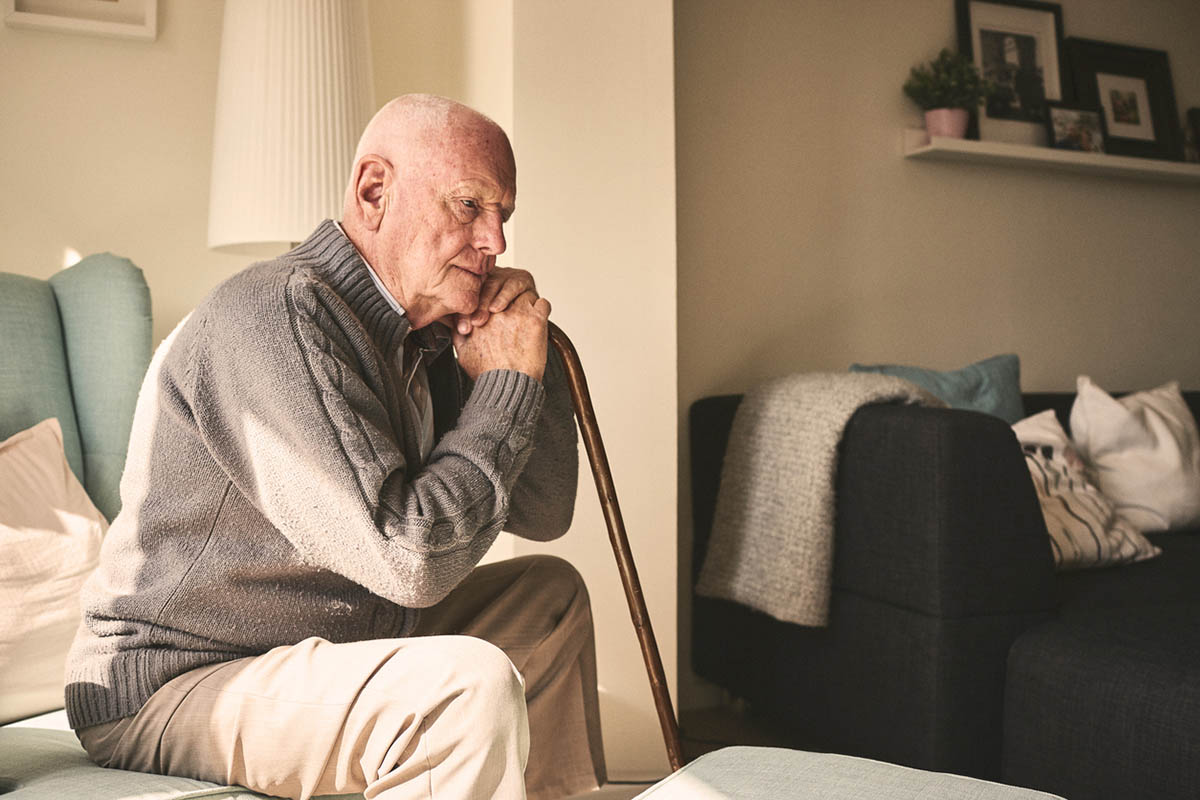See reply by Spaans et al and related article by Spaans et al.
Brief Pulse and Ultrabrief Pulse Right Unilateral Electroconvulsive Therapy (ECT) for Major Depression: Efficacy, Effectiveness, and Cognitive Effects
To the Editor: We appreciate the contribution to the electroconvulsive therapy (ECT) literature of Spaans and colleagues’ careful study1 comparing brief pulse and ultrabrief pulse stimuli. However, given the study limitations, we suggest that it is premature to conclude that right unilateral (RUL) ultrabrief pulse ECT confers inferior efficacy and no cognitive advantage.
ECT was given twice per week and at 8 ×— seizure threshold, major technique differences from previously published studies,2 which may have reduced efficacy of ultrabrief pulse ECT as well as cognitive effects of ultrabrief pulse ECT. Regarding the neurocognitive outcome, the study utilized a limited neurocognitive battery, which precluded assessment of important neurocognitive functions, including attention, processing speed, and verbal learning and memory. Also, the statistical analyses were not adjusted for demographic characteristics (eg, age, education, premorbid IQ), which are known to affect neurocognitive outcome. While not statistically significant, there were 6 dropouts (10%) for "confusion/delirium" in the brief pulse group, and 0 in the ultrabrief pulse group. Thus, the most cognitively vulnerable patients were unable to have follow-up neurocognitive assessment, as they exited from the brief pulse condition. Such dropout could have biased the neurocognitive outcomes. Also, the post-ECT neurocognitive testing occurred up to 1 week later, possibly missing immediate posttreatment differences between the 2 groups. Finally, failure to find a difference does not ensure that such a difference does not exist.
Regarding efficacy of the 2 types of ECT, despite the statistically significant differences in remitter rates and number of treatments needed, the decrease in Montgomery-Asberg Depression Rating Scale (MADRS) scores was identical in the intent-to-treat (ITT) sample. Furthermore, the MADRS score at week 5 was actually lower in the ultrabrief pulse group than in the brief pulse group, despite starting at a higher baseline. The authors noted the real-world generalizability of their methods, since they allowed concomitant psychotropics. In the real world, treatment effectiveness is just as important as efficacy. While the authors noted superior ITT efficacy of brief pulse ECT, they failed to discuss the reduced effectiveness of brief pulse ECT, as brief pulse had only a 65.5% completion rate compared with an 84.5% completion rate for ultrabrief pulse ECT. The meaning of the difference in completion rates could have been clarified if Figure 1 had included number of dropouts due to "lack of efficacy."
Our group is currently conducting a clinical trial using RUL ultrabrief pulse ECT (0.25 millisecond pulse width) in geriatric depressed patients (over 200 enrolled to date).3 While there is no brief pulse comparator group in the study, our efficacy rates (~ 60% remission) are good. Our preliminary cognitive data suggest that global cognitive function (as based on the Mini-Mental State Examination) remains stable during the acute course. We are conducting a comprehensive neurocognitive battery to assess the effects of ultrabrief pulse ECT on multiple cognitive domains, including processing speed, attention, verbal learning and memory, verbal fluency, and executive function.
We believe that comprehensive evaluation of efficacy and neurocognitive profiles of various ECT techniques is an important research arena because ECT remains a vital treatment option for the most severely ill patients.4 Optimizing ECT technique through well-conducted clinical trials should continue to be a high priority research goal of our field.
References
1. Spaans HP, Verwijk E, Comijs HC, et al. Efficacy and cognitive side effects after brief pulse and ultrabrief pulse right unilateral electroconvulsive therapy for major depression: a randomized, double-blind, controlled study. J Clin Psychiatry. 2013;74(11):e1029-e1036. PubMed doi:10.4088/JCP.13m08538
2. Loo CK, Sainsbury K, Sheehan P, et al. A comparison of RUL ultrabrief pulse (0.3 ms) ECT and standard RUL ECT. Int J Neuropsychopharmacol. 2008;11(7):883-890. PubMed doi:10.1017/S1461145708009292
3. National Institute of Mental Health. Prolonging Remission in Depressed Elderly (PRIDE). ClinicalTrials.gov Web site. Bethesda, MD: National Library of Medicine. http://clinicaltrials.gov/ct2/show/NCT01028508?term=PRIDE&rank=1. Updated January 27, 2014. Accessed January 10, 2014.
4. Lisanby SH. Electroconvulsive therapy for depression. N Engl J Med. 2007;357(19):1939-1945. PubMed doi:10.1056/NEJMct075234
Author affiliations: Department of Psychiatry, Icahn School of Medicine at Mount Sinai, New York, New York (Dr Kellner and Mss Ahle and Liebman); Department of Psychiatry and Behavioral Sciences, Duke University School of Medicine, Durham, North Carolina (Drs McClintock, Weiner, and Lisanby); Department of Psychiatry and Human Health, Georgia Regents University, Augusta (Dr McCall); Department of Psychiatry, Northshore LIJ Health System, Zucker Hillside Hospital, Glen Oaks, New York (Dr Petrides); Department of Public Health Sciences, Medical University of South Carolina, Charleston (Dr Knapp); Department of Psychiatry, Weill Cornell Medical College, White Plains, New York (Dr Young); Department of Psychiatry, Lutheran Medical Center, Brooklyn, New York (Dr Greenberg); and Somatic Treatments Program, National Institute of Mental Health, Bethesda, Maryland (Dr Rudorfer).
Potential conflicts of interest: Dr Kellner has received grant/research support from the National Institute of Mental Health (NIMH) and has received honoraria from LIJ Hospital System and Psychiatric Times. Dr McClintock has received grant/research support from NIMH. Dr McCall has received grant/research support from NIMH and Merck and honoraria from Wolters Kluwer Publishing. Dr Petrides has received grant/research support from NIMH, Corcept Therapeutics, St Jude Medical, Amgen, and Proteus. Dr Young has been a consultant for and has received grant/research support from the National Institutes of Health (NIH). Dr Lisanby has received grant/research support from NIH, Brainsway, NeoSync, ANS/St Jude, and Brain & Behavior Research Foundation. Drs Knapp, Weiner, Greenberg, and Rudorfer and Mss Ahle and Liebman report no potential conflicts of interest relevant to this letter.
Funding/support: PRIDE (Prolonging Remission in Depressed Elderly) is a clinical trial supported by the National Institute of Mental Health in Bethesda, Maryland (ClinicalTrials.gov Identifier: NCT01028508).
J Clin Psychiatry 2014;75(7):777 (doi:10.4088/JCP.14lr08997).
© Copyright 2014 Physicians Postgraduate Press, Inc.




